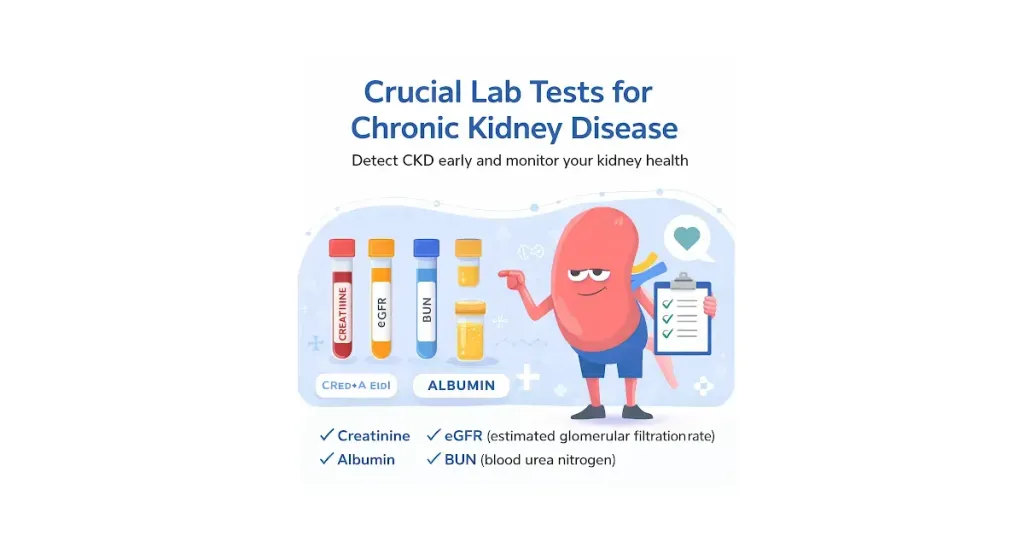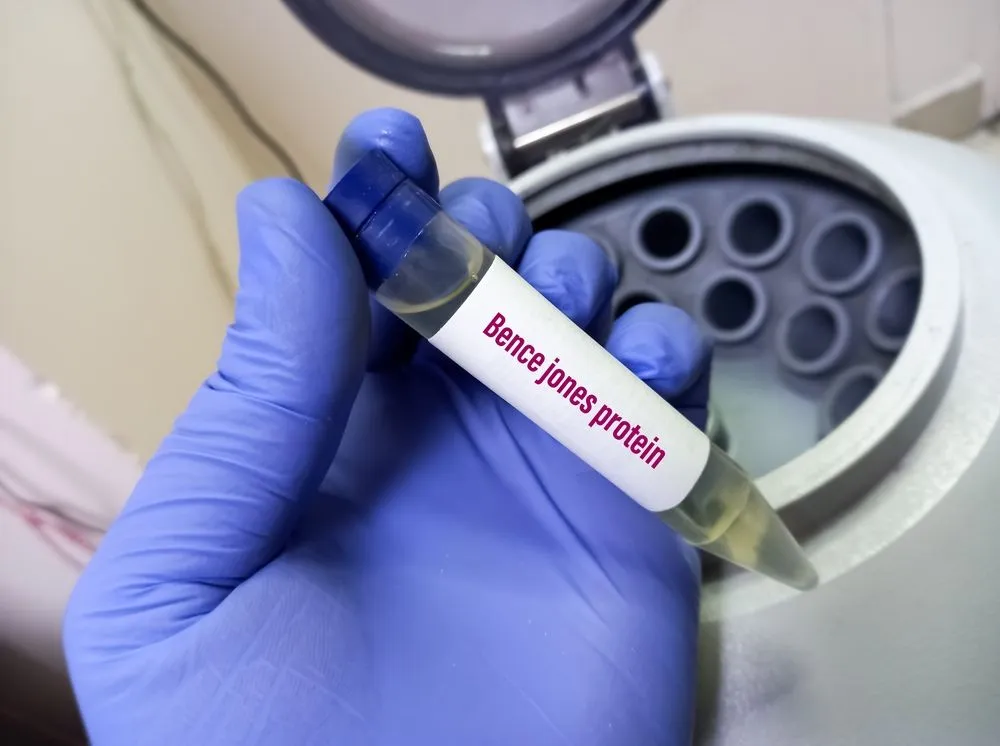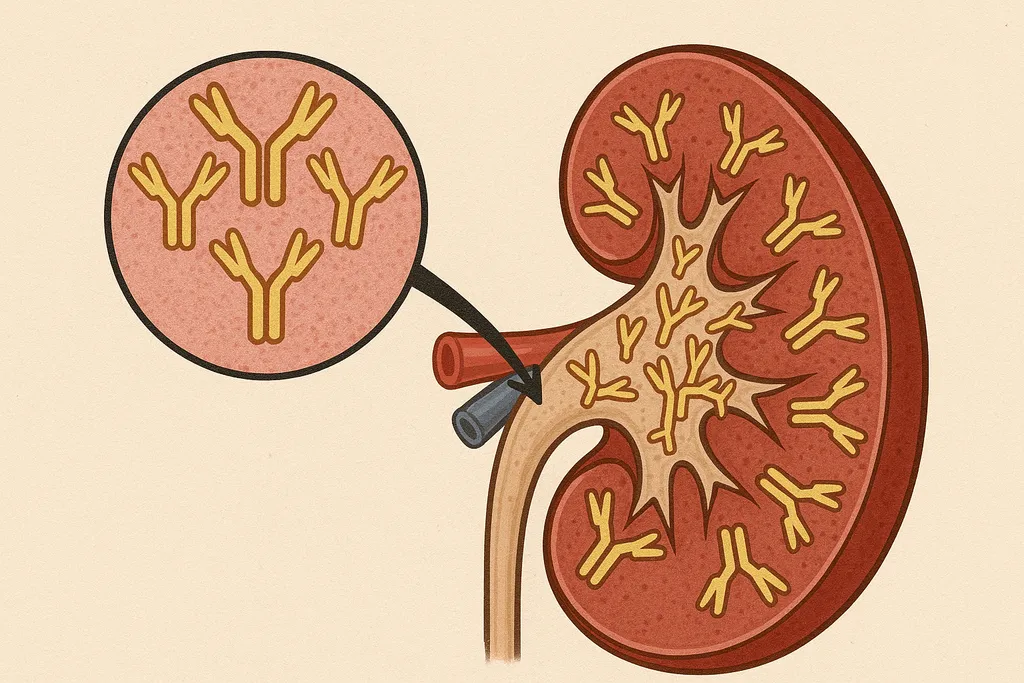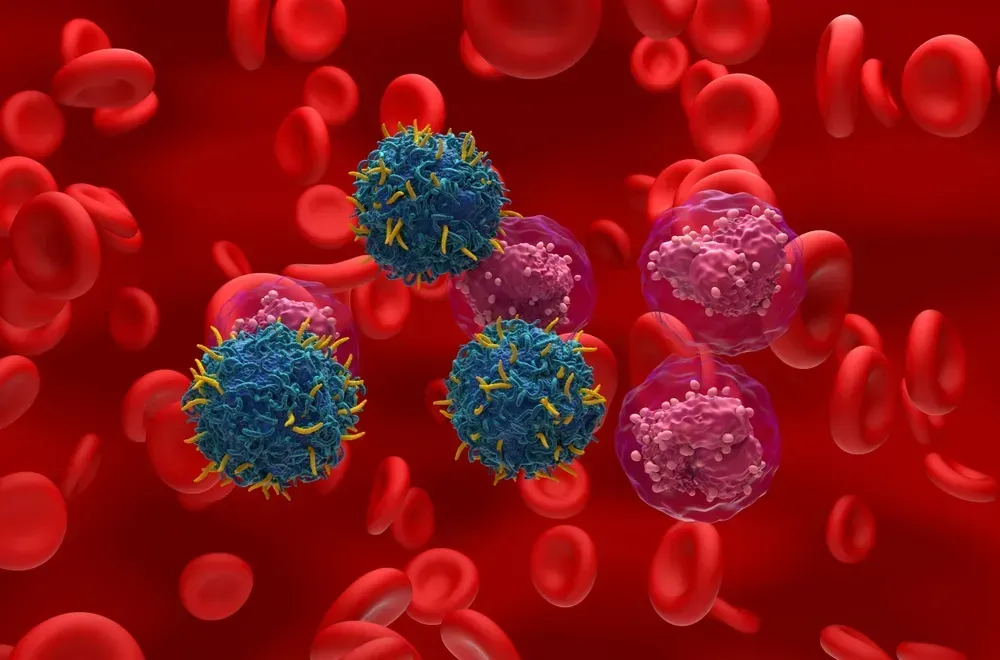Understanding Multiple Myeloma Treatment Side Effects

Patients with multiple myeloma have several treatment options available. The specific approach depends on various factors, including the stage of the disease, age, and overall health. Here is a glimpse into some common treatment methods:
- Chemotherapy: This uses powerful drugs to kill cancer cells throughout the body.
- Stem cell transplant: This involves collecting healthy stem cells, destroying remaining myeloma cells with high-dose chemotherapy, and then reinfusing the stem cells to help rebuild the immune system.
- Targeted therapies: Newer drugs specifically target myeloma cells, potentially offering less severe side effects than traditional chemotherapy.
It is important to remember that treatment plans are often individualized. Your doctor will discuss the best course of action for your specific situation.
What Are the Most Frequent Side Effects of Myeloma Treatment?
While treatment for multiple myeloma aims to eradicate cancer cells, it can also impact healthy cells, leading to side effects. The specific side effects you experience can vary depending on the type and intensity of treatment you receive. However, some side effects are more common than others. See below a breakdown of some frequent symptoms that might be linked to your medication:
- Fatigue: This feeling of constant tiredness is a frequent companion for many myeloma patients. It can be caused by various factors like treatment itself, anemia, or the stress of being diagnosed with cancer and all that comes with it.
- Low blood counts: Chemotherapy and other treatments can suppress the production of blood cells, leading to conditions like anemia (low red blood cells), neutropenia (low white blood cells), and thrombocytopenia (low platelets). These can cause symptoms like fatigue, increased risk of infection, and easy bruising or bleeding.
- Infections: Patients are more susceptible to infections due to a weakened immune system from treatment. Practicing good hygiene and being mindful of potential risks is crucial.
- Peripheral neuropathy: This condition damages nerves, causing numbness, tingling, and pain, usually in the hands and feet. While it can be uncomfortable, there are ways to manage these symptoms.
- Nausea and vomiting: Some therapies used in myeloma treatment can cause nausea and vomiting. Medication and dietary changes can help control these symptoms.
- Constipation or diarrhea: Changes in bowel habits are another potential side effect of most medications because they irritate your digestive system, particularly the gut lining.
Remember, this is not an exhaustive list, and discussing any side effects you experience with your medical team is always best. They can help you manage them effectively and ensure you receive the proper support throughout your treatment journey.
Less Common but Potentially Serious Side Effects
While the side effects mentioned above are frequent, some less common but potentially severe side effects can also occur, like:
- Blood clots: Certain treatments and conditions associated with myeloma can increase the risk of blood clots, which can be life-threatening. Be aware of risk factors and symptoms like swelling, pain, and redness in your legs.
- Kidney problems: Some treatments can affect kidney function. Regular monitoring of kidney function is crucial during treatment.
- High blood sugar: Steroids, a common medication used in myeloma treatment, can elevate blood sugar levels. Maintaining a healthy diet and monitoring blood sugar levels are important.
- Heart toxicity: Together with pre-existing risk factors (like diabetes or high blood pressure) and myeloma complications, some therapies can increase the risk of heart damage and cause serious side effects.
Early detection and management of these side effects are crucial for your well-being. If you experience any concerning symptoms, don't hesitate to talk to your doctor immediately.
The Importance of Monitoring and Advocacy
Multiple myeloma treatment is a journey, and managing side effects is an integral part of it. Regular checkups and blood tests allow your physician to monitor your overall health, blood cell counts, and potential side effects. Do not hesitate to report any changes you experience, no matter how minor they may seem.
Remember, you are your own best advocate when it comes to your health. Be informed about your treatment plan and potential side effects. Don't hesitate to ask questions and participate actively in your care decisions. With open communication with your healthcare team and a proactive approach to managing side effects, you can navigate your treatment journey more confidently and maintain a good quality of life.
How Can HealthTree for Multiple Myeloma Help You?
Facing the challenges of multiple myeloma treatment can be daunting. However, you don't have to go through it alone. Building a solid support system is crucial for navigating this journey effectively. Explore the resources available, and find the one that suits you best!
- Connect your medical records to the HealthTree Cure Hub to access helpful services such as Track Your Disease, the Clinical Trial Finder, and the Side Effect Solutions search tool.
- The Myeloma Coach program is a free program focused on helping patients find and use the best myeloma resources.
- Learn more about your disease and the latest on myeloma research with HealthTree University.
Sources:
Patients with multiple myeloma have several treatment options available. The specific approach depends on various factors, including the stage of the disease, age, and overall health. Here is a glimpse into some common treatment methods:
- Chemotherapy: This uses powerful drugs to kill cancer cells throughout the body.
- Stem cell transplant: This involves collecting healthy stem cells, destroying remaining myeloma cells with high-dose chemotherapy, and then reinfusing the stem cells to help rebuild the immune system.
- Targeted therapies: Newer drugs specifically target myeloma cells, potentially offering less severe side effects than traditional chemotherapy.
It is important to remember that treatment plans are often individualized. Your doctor will discuss the best course of action for your specific situation.
What Are the Most Frequent Side Effects of Myeloma Treatment?
While treatment for multiple myeloma aims to eradicate cancer cells, it can also impact healthy cells, leading to side effects. The specific side effects you experience can vary depending on the type and intensity of treatment you receive. However, some side effects are more common than others. See below a breakdown of some frequent symptoms that might be linked to your medication:
- Fatigue: This feeling of constant tiredness is a frequent companion for many myeloma patients. It can be caused by various factors like treatment itself, anemia, or the stress of being diagnosed with cancer and all that comes with it.
- Low blood counts: Chemotherapy and other treatments can suppress the production of blood cells, leading to conditions like anemia (low red blood cells), neutropenia (low white blood cells), and thrombocytopenia (low platelets). These can cause symptoms like fatigue, increased risk of infection, and easy bruising or bleeding.
- Infections: Patients are more susceptible to infections due to a weakened immune system from treatment. Practicing good hygiene and being mindful of potential risks is crucial.
- Peripheral neuropathy: This condition damages nerves, causing numbness, tingling, and pain, usually in the hands and feet. While it can be uncomfortable, there are ways to manage these symptoms.
- Nausea and vomiting: Some therapies used in myeloma treatment can cause nausea and vomiting. Medication and dietary changes can help control these symptoms.
- Constipation or diarrhea: Changes in bowel habits are another potential side effect of most medications because they irritate your digestive system, particularly the gut lining.
Remember, this is not an exhaustive list, and discussing any side effects you experience with your medical team is always best. They can help you manage them effectively and ensure you receive the proper support throughout your treatment journey.
Less Common but Potentially Serious Side Effects
While the side effects mentioned above are frequent, some less common but potentially severe side effects can also occur, like:
- Blood clots: Certain treatments and conditions associated with myeloma can increase the risk of blood clots, which can be life-threatening. Be aware of risk factors and symptoms like swelling, pain, and redness in your legs.
- Kidney problems: Some treatments can affect kidney function. Regular monitoring of kidney function is crucial during treatment.
- High blood sugar: Steroids, a common medication used in myeloma treatment, can elevate blood sugar levels. Maintaining a healthy diet and monitoring blood sugar levels are important.
- Heart toxicity: Together with pre-existing risk factors (like diabetes or high blood pressure) and myeloma complications, some therapies can increase the risk of heart damage and cause serious side effects.
Early detection and management of these side effects are crucial for your well-being. If you experience any concerning symptoms, don't hesitate to talk to your doctor immediately.
The Importance of Monitoring and Advocacy
Multiple myeloma treatment is a journey, and managing side effects is an integral part of it. Regular checkups and blood tests allow your physician to monitor your overall health, blood cell counts, and potential side effects. Do not hesitate to report any changes you experience, no matter how minor they may seem.
Remember, you are your own best advocate when it comes to your health. Be informed about your treatment plan and potential side effects. Don't hesitate to ask questions and participate actively in your care decisions. With open communication with your healthcare team and a proactive approach to managing side effects, you can navigate your treatment journey more confidently and maintain a good quality of life.
How Can HealthTree for Multiple Myeloma Help You?
Facing the challenges of multiple myeloma treatment can be daunting. However, you don't have to go through it alone. Building a solid support system is crucial for navigating this journey effectively. Explore the resources available, and find the one that suits you best!
- Connect your medical records to the HealthTree Cure Hub to access helpful services such as Track Your Disease, the Clinical Trial Finder, and the Side Effect Solutions search tool.
- The Myeloma Coach program is a free program focused on helping patients find and use the best myeloma resources.
- Learn more about your disease and the latest on myeloma research with HealthTree University.
Sources:

about the author
Marta Llobet Canela
Marta believes that too many people still struggle to understand how our bodies work, making a cancer diagnosis even more overwhelming. With 10 years of experience in blood cancer, she transforms complex medical language into clear, accessible information, empowering patients to confidently advocate for themselves and participate in meaningful research at HealthTree. She loves exploring New York and always says yes to trying a new restaurant!
More on Core Education
Trending Articles
Upcoming Events




Get the Latest Multiple Myeloma Updates, Delivered to You.
By subscribing to the HealthTree newsletter, you'll receive the latest research, treatment updates, and expert insights to help you navigate your health.
Together we care.
Together we cure.
3x Faster.













